Yellowstone National Park's History and Geology
Unveil Yellowstone National Park's geological wonders and rich history. From the iconic Old Faithful to the stunning Grand Prismatic Spring, discover why this park is a treasured natural legacy.

Unveiling Yellowstone's Legacy
Yellowstone National Park is a mesmerizing tapestry of geological marvels and historical significance, offering a unique window into the natural forces that have shaped our planet. Known as the world’s first national park, Yellowstone was established in 1872 to protect its unparalleled landscapes and diverse ecosystems. But the park’s story began millions of years ago, with the cataclysmic forces that forged its awe-inspiring features. From the dramatic eruptions of ancient volcanoes to the formation of its iconic geysers and hot springs, Yellowstone's geology is a fascinating journey through time. In this exploration, we delve into the park’s rich history and uncover the natural wonders that make Yellowstone a treasure of the natural world.
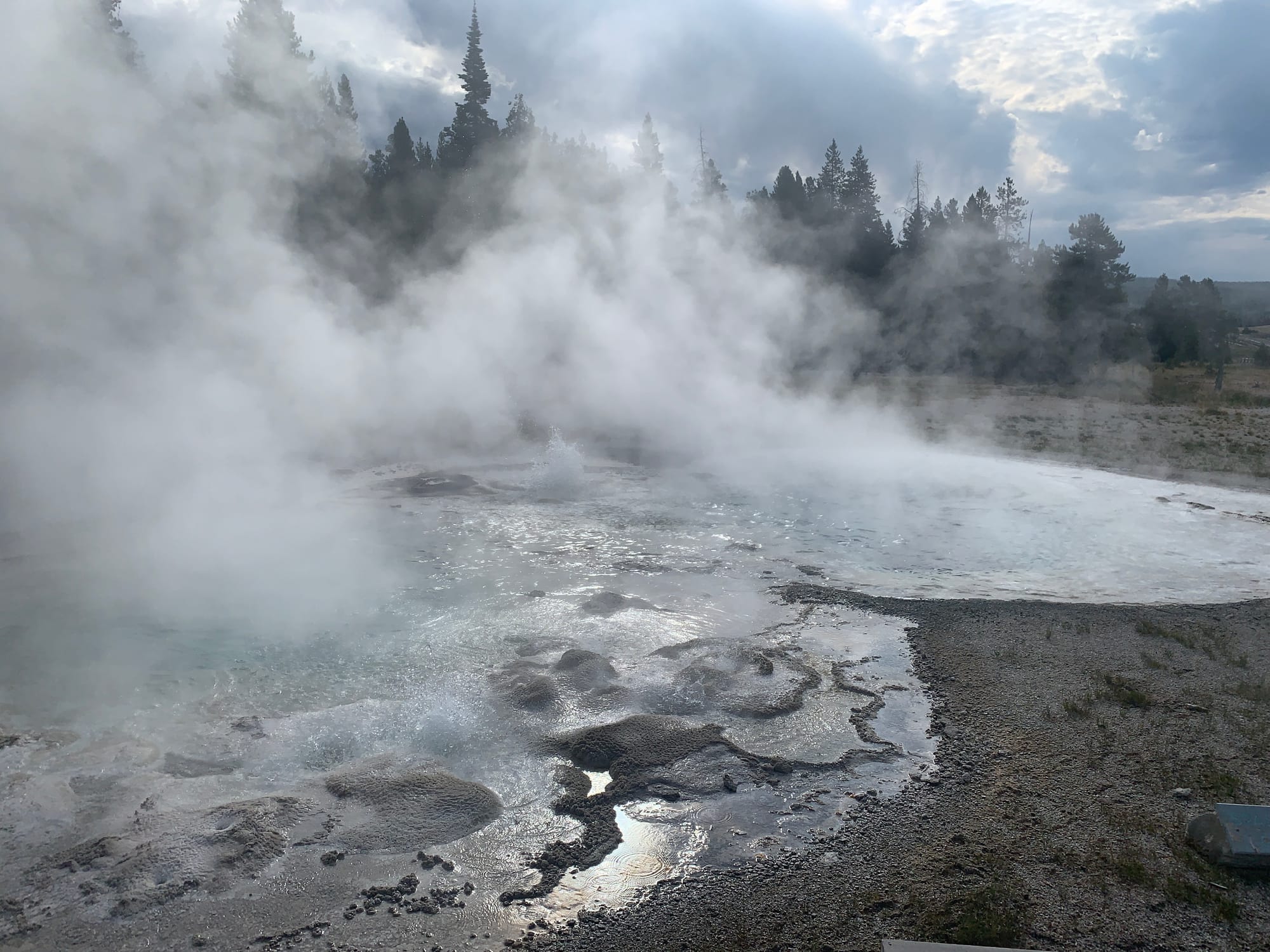
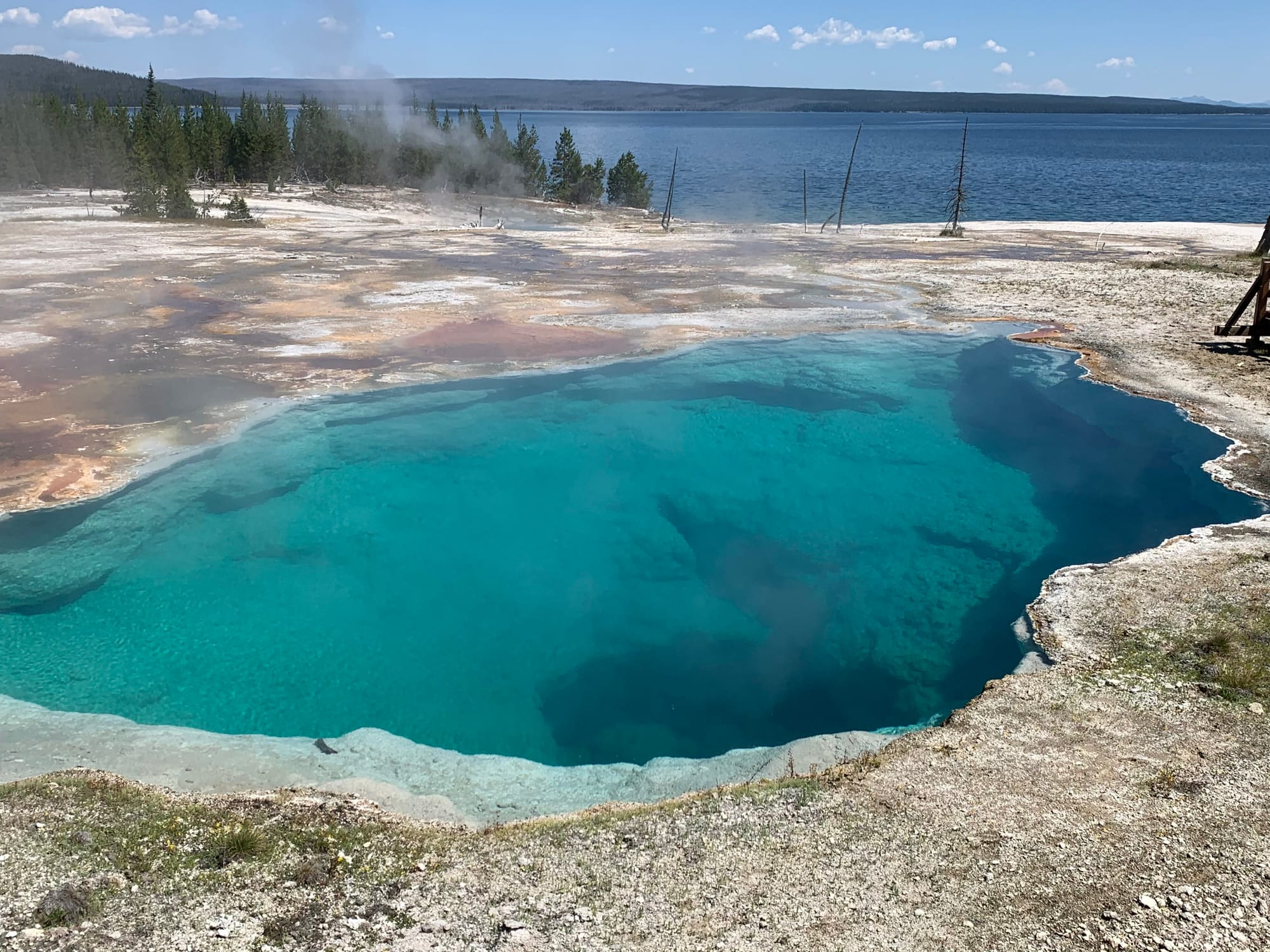
Discover the mesmerizing geothermal features of Yellowstone National Park, where crystal-clear hot springs and steaming geysers showcase the park's dynamic geological activity. From the vibrant blue waters of thermal pools to the ethereal mist of geysers, Yellowstone's geothermal wonders are truly a sight to behold.
Yellowstone's Formation and Historical Significance
Yellowstone's history is as dynamic as its landscape, rooted in geological processes that began over 2.1 million years ago. The park sits atop a volcanic hotspot, which is responsible for its geothermal features. The Yellowstone Caldera, a massive volcanic crater, was formed by a series of volcanic eruptions, the most recent of which occurred approximately 640,000 years ago. These eruptions were so powerful that they shaped much of the park’s current landscape, leaving behind a vast caldera, ash deposits, and the geothermal features we see today.
The significance of Yellowstone extends beyond its geology. In 1872, President Ulysses S. Grant signed the Yellowstone National Park Protection Act, establishing it as the first national park in the world. This groundbreaking move marked the beginning of the global conservation movement, highlighting the importance of preserving natural wonders for future generations. Yellowstone’s designation as a national park was not only a testament to its geological uniqueness but also a recognition of its cultural and ecological importance.
Throughout history, Yellowstone has been a site of scientific research, inspiring countless studies on its geothermal activity and wildlife. The park has also played a pivotal role in conservation efforts, serving as a model for national parks worldwide. Its rich history and commitment to preservation have made Yellowstone a symbol of the enduring relationship between humanity and the natural world.
Key Geological Features: Geysers and Hot Springs
Yellowstone is renowned for its geothermal wonders, with over 10,000 hydrothermal features, including geysers, hot springs, fumaroles, and mud pots. These features are not only visually stunning but also scientifically significant, offering insights into the Earth’s geothermal processes.
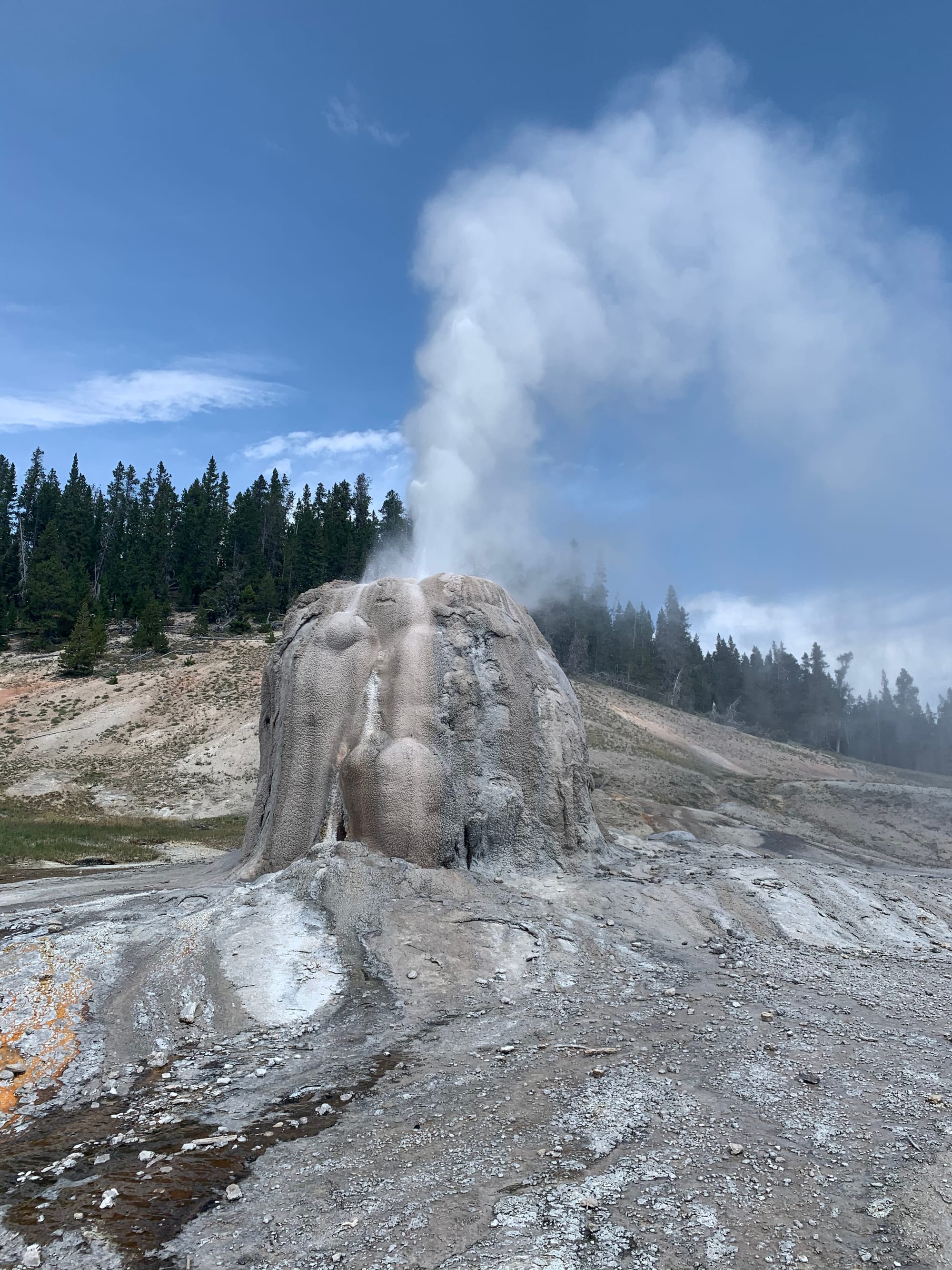
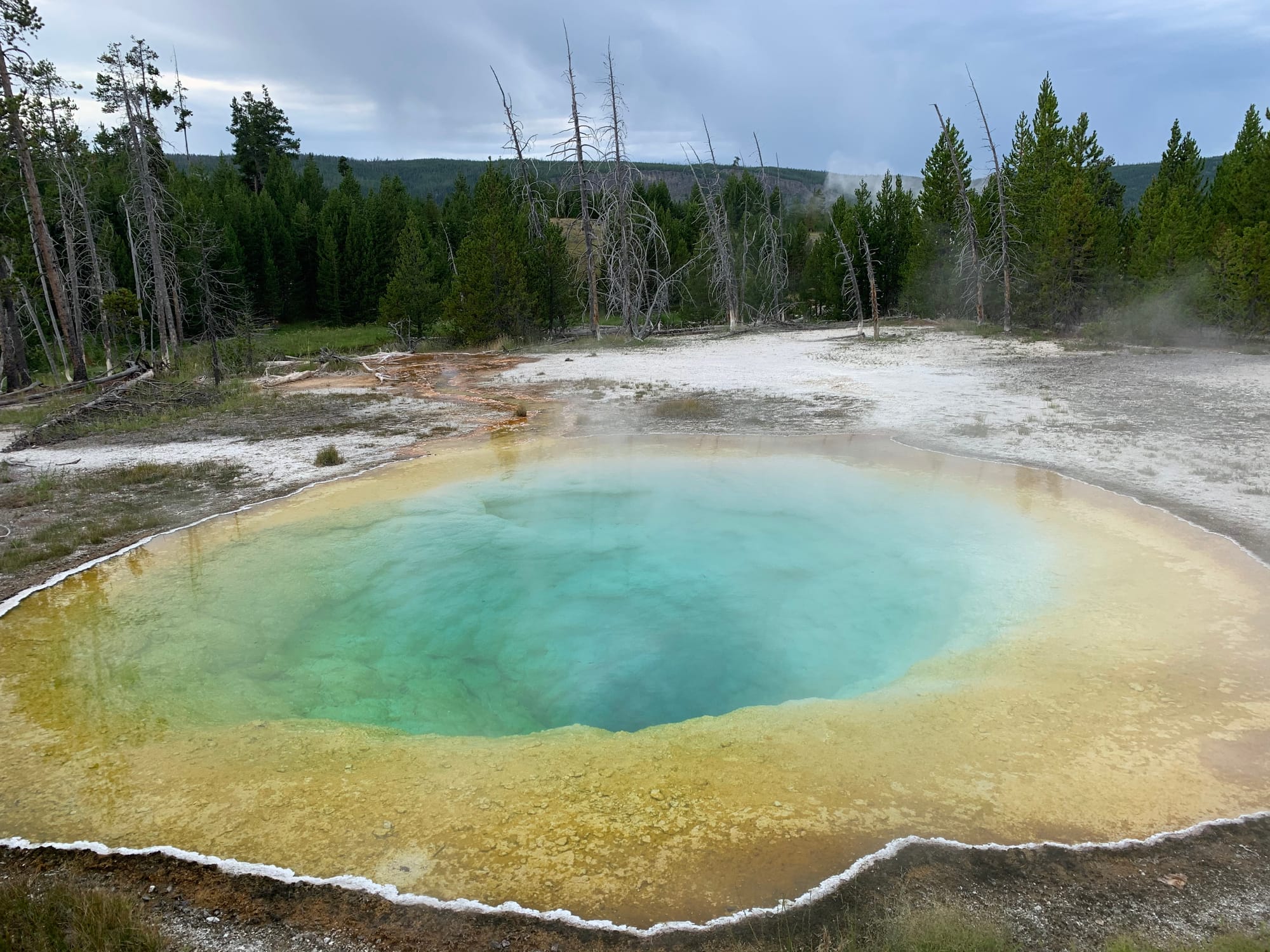
Explore the enchanting geothermal features of Yellowstone National Park. Marvel at the steaming geysers, such as the iconic formations and vibrant hot springs that showcase a palette of vivid colors. These natural wonders highlight the park's unique geothermal activity and breathtaking landscapes.
Geysers: Nature's Spectacles
Yellowstone is home to more than half of the world’s geysers, with Old Faithful being the most famous. This iconic geyser erupts approximately every 90 minutes, shooting boiling water up to 180 feet into the air. Old Faithful’s regular eruptions have made it a favorite among visitors and a symbol of the park's geothermal activity.
Other notable geysers include the Steamboat Geyser, the world’s tallest active geyser, which can reach heights of over 300 feet. Each geyser in Yellowstone has its own unique eruption pattern, contributing to the park's dynamic geothermal landscape.
Hot Springs: Nature's Artistry
The hot springs in Yellowstone are equally captivating, showcasing vibrant colors and intricate formations. The Grand Prismatic Spring is the largest hot spring in the United States and is known for its striking rainbow hues, caused by microbial mats that thrive in the hot waters.
Hot springs are formed when groundwater is heated by the Earth’s magma, rising to the surface and creating pools of steaming water. The vivid colors and unique formations of Yellowstone’s hot springs are a testament to the diverse ecosystems that exist within these geothermal environments.

The stunning palette of colors in Yellowstone National Park's geothermal landscape, where hot springs and mineral deposits create a vibrant display against the backdrop of lush forests and clear blue skies. This captivating scene is a testament to the park's dynamic geothermal activity.
Yellowstone’s geothermal features are more than just natural wonders; they are windows into the Earth’s interior, providing scientists with valuable data on geothermal energy and geological processes. The park's geysers and hot springs continue to attract researchers and visitors alike, offering a glimpse into the dynamic forces that shape our planet.
Conclusion: Yellowstone's Timeless Wonders
Yellowstone National Park stands as a testament to the power and beauty of nature's geological processes. From its tumultuous volcanic history to its breathtaking geothermal features, Yellowstone offers a unique and awe-inspiring journey through time. Its establishment as the world’s first national park marked a significant milestone in conservation, highlighting the importance of preserving these natural wonders for generations to come.
As visitors explore Yellowstone’s geysers and hot springs, they are reminded of the Earth’s dynamic nature and the delicate balance of ecosystems. The park's geological marvels not only captivate the imagination but also inspire a deeper appreciation for the world’s natural heritage. Whether you are drawn by the allure of Old Faithful or the vibrant colors of the Grand Prismatic Spring, Yellowstone invites you to discover its timeless wonders and become part of its enduring legacy.



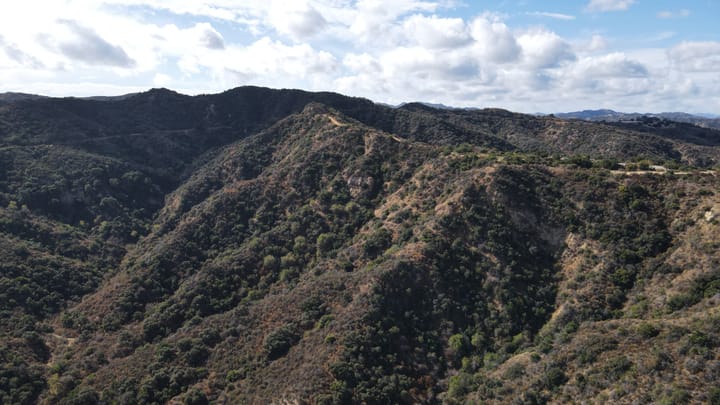
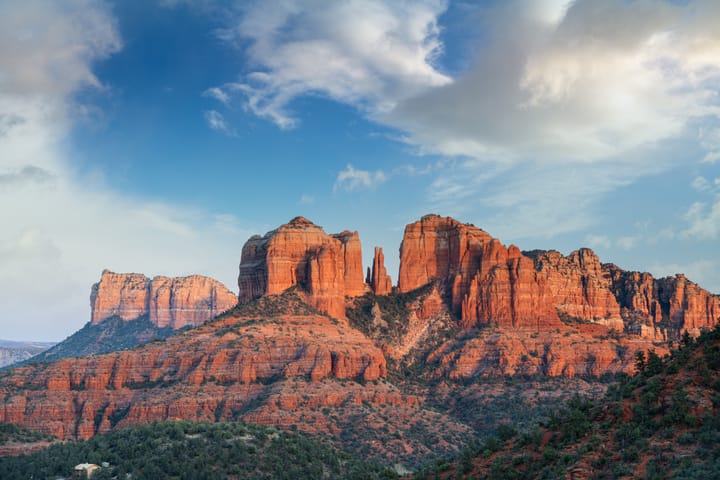

Comments ()